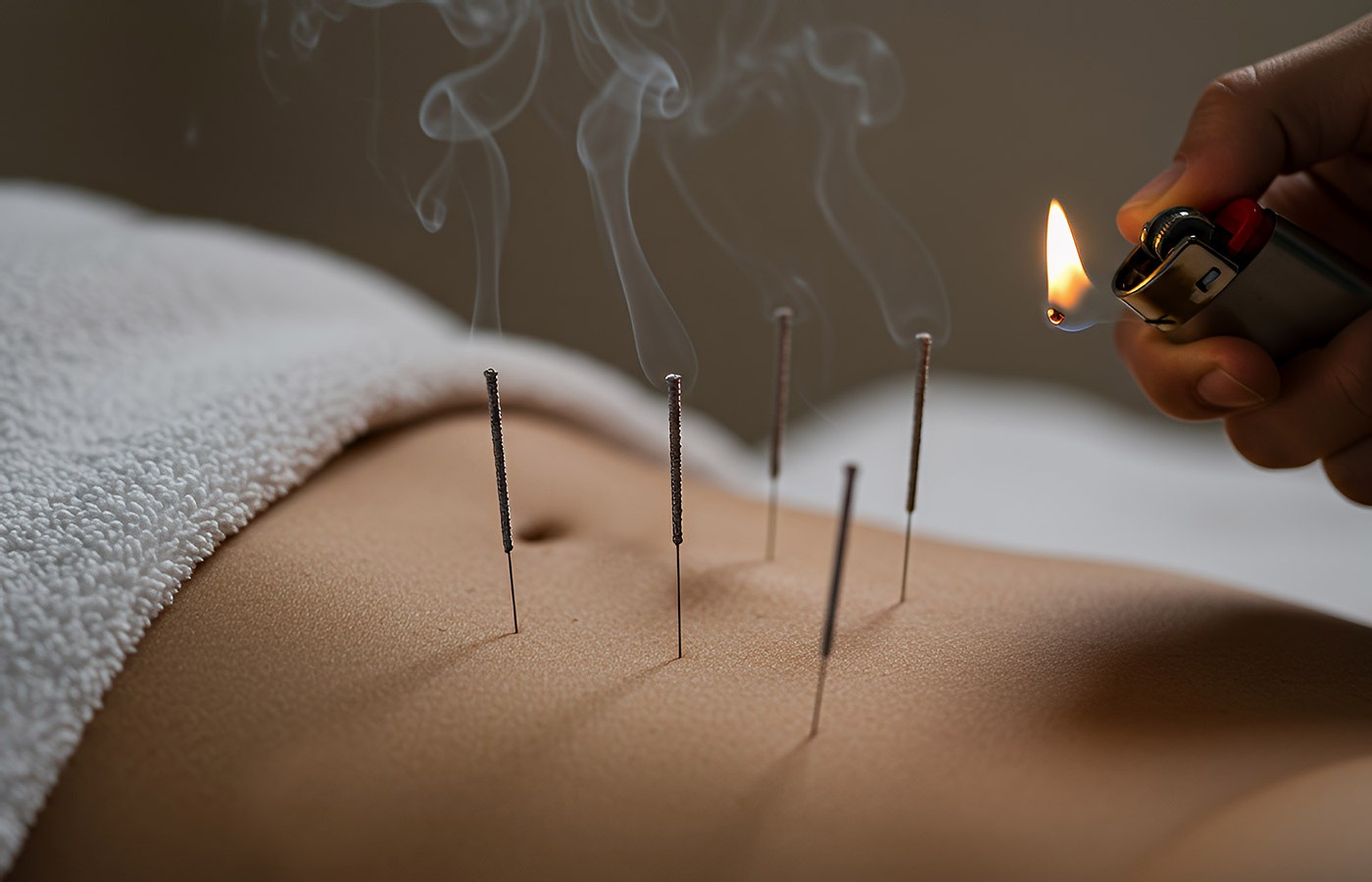Whether you accept it, avoid it or live somewhere in between, insurance coverage has become a defining issue for our profession. Patients increasingly expect to use their benefits, practitioners want to be compensated fairly for their time and expertise, and the system itself remains – at best – fragmented. The encouraging news is that coverage has expanded in meaningful ways. The challenging news is that reimbursement, across the board, remains inadequate.
Fire Needling Acupuncture for OA
- This research highlight focuses on a study investigating the effects of fire needling (FN) acupuncture on pain relief and cartilage protection in rats with knee osteoarthritis.
- The study provides a scientific basis for a traditional technique by analyzing its effects on macrophage polarization and angiogenesis.
- Findings suggest FN acupuncture can lead to reductions in inflammation, cartilage degeneration and joint erosion when applied at acupoints commonly used for knee conditions.
Editor’s Note: This is the latest article in a new column from the Society for Acupuncture Research offering research insights relevant to acupuncture practitioners.
This research highlight from the Journal of Inflammation Research focuses on a study investigating the effects of fire needling (FN) acupuncture on pain relief and cartilage protection in rats with knee osteoarthritis. The study provides a scientific basis for a traditional technique by analyzing its effects on macrophage polarization and angiogenesis.
Study Overview
Eighteen male Sprague-Dawley rats were divided into three groups: a control group, a monosodium iodoacetate-induced knee osteoarthritis (MIA) model group, and a MIA + FN acupuncture group. The rats in the MIA model group received an injection to induce osteoarthritis.
After seven weeks, the rats in the MIA + FN group received FN acupuncture twice a week for three weeks. The treatment involved inserting a heated needle at a consistent depth into specific acupoints, including Xuehai (SP 10), Liangqiu (ST 34), Dubi (ST 35), Xiyan (EX-LE5), and Zusanli (ST 36). Assessments included body weight, knee swelling, weight-bearing, micro-CT scans, and various staining examinations.
Key Findings
The study confirmed that the MIA model was successfully created, as evidenced by joint thickening, bone erosion and cartilage degeneration. Following the FN acupuncture treatment, the MIA + FN group showed significant improvements. Visual and micro-CT examinations revealed improved bone structure, mineral density and volume fraction. Histological staining also indicated a restoration toward normal tissue in this group.
The Osteoarthritis Research Society International (OARSI) scores were significantly improved, which suggests the treatment inhibited cartilage degeneration. The study also observed significant reductions in pro-inflammatory proteins (MMP9 and MMP13) and an upregulation of Type II collagen (COL2). Furthermore, significant improvements were seen in synovial inflammation scores, macrophage polarization and subchondral bone structure. Behavioral tests confirmed these improvements, with enhanced left-knee joint weight-bearing, and improved pain thresholds and bilateral weight distribution.
Clinical Relevance for Acupuncture Practitioners
This study provides evidence that FN acupuncture can lead to reductions in inflammation, cartilage degeneration and joint erosion when applied at acupoints commonly used for knee conditions. The findings suggest this traditional technique may be a valuable therapeutic option for painful and difficult-to-treat joint disorders.
Conclusion
This research demonstrates that fire needling acupuncture has therapeutic effects on osteoarthritis, providing a scientific basis for its use. The study shows that FN treatment can reduce inflammation, protect cartilage and improve joint function, highlighting its potential as a treatment for recalcitrant joint disorders.
Reference
- Wei J, t al. Therapeutic effects of fire needling acupuncture on pain relief and cartilage protection in MIA-Induced knee osteoarthritis rats: the role of macrophage polarization in synovium and angiogenesis in subchondral bone. J Inflamm Res, 2025 Jun 9;18:7459-7475.



